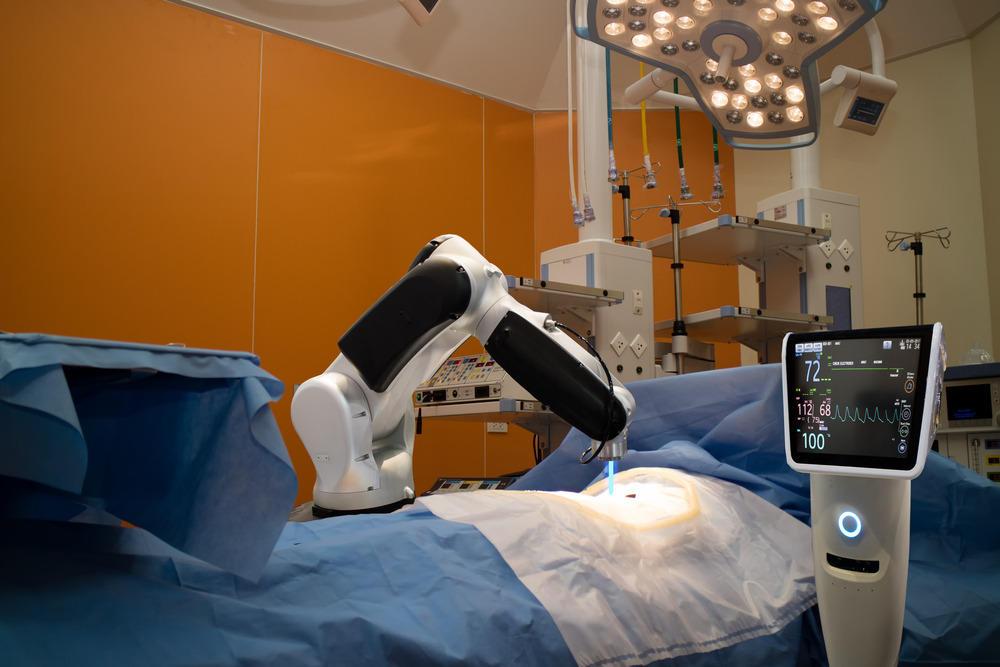 This may surprise you but 3 million robo-operations were carried out world wide and it has been reported that experts predict that technological advancements over the next few years will see the use of robotic surgery rise from 0.5 % of all surgical procedures to as much as 50%. This may either impress you or horrify you, but the number of errors has the experts mildly concerned, and they want better safety mechanisms.
This may surprise you but 3 million robo-operations were carried out world wide and it has been reported that experts predict that technological advancements over the next few years will see the use of robotic surgery rise from 0.5 % of all surgical procedures to as much as 50%. This may either impress you or horrify you, but the number of errors has the experts mildly concerned, and they want better safety mechanisms.
Despite widespread adoption of robotic systems for minimally invasive surgery, a non-negligible number of technical difficulties and complications are still being experienced during procedures
This was the conclusion of a study conducted by MIT, Rush University Medical Center, and the University of Illinois.
A limited study was carried out and two deaths and 52 injuries were identified and highlighted an issue when the mechanical surgeon spontaneously powered down mid operation or made an incorrect movement. In another 10.5 per cent of recorded malfunctions, electrical sparks burned patients, resulting in 193 injuries.
A further major problem identified, was that one death and 119 separate injuries were caused by pieces of the robot falling off into the patient, requiring a human surgical team to intervene and retrieve the broken hardware. 18 injuries were caused when the video systems on the human surgeon's console borked out mid-surgery.
At the moment robo technology is used, mainly, in Robotic Assisted Surgery (RAS) and is a form of minimally invasive surgery that is increasingly used in a number of complex surgical procedures. Within England, this technique has developed primarily within the field of urological cancer treatment and, alongside laparoscopic techniques, but has been replacing traditional open surgical procedures.
The most dangerous kind of robot surgery is cardiothoracic and head and neck surgeries (6.4 per cent and 19.7 per cent of adverse results respectively), compared to 1.4 per cent and 1.9 per cent for gynecology and urology operations. The use of the word adverse should conjure fear.
The sophistication of technology and instruments are developing rapidly. “Snake” robots are already being designed to weave their way around the human body equipped with lights, high frequency cutters and sealers.
Whilst these numbers appear relatively small when we consider the overall number of incidents in hospitals, it is likely to become relevant with the passage of time and the increased use of robot to perform such tasks. It is therefore incumbent on those tasked with introducing robo technology that the same vigour is used to ensure such incidents are reduced to the lowest level possible and the patients welfare is not left solely to the behest of the robot.
In the event that you have been injured whilst undergoing robotic surgery please contact our Personal Injury team on 0808 166 8827 for advice.
 |
 |
 |
 |
 |
 |
|




